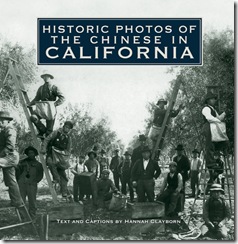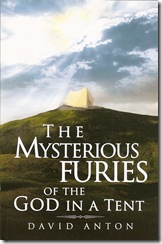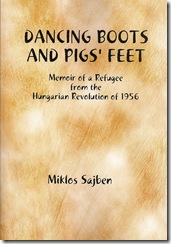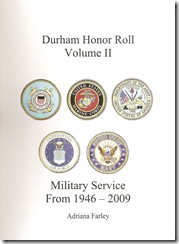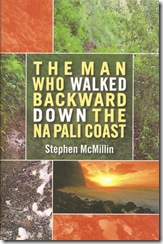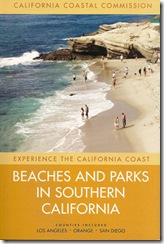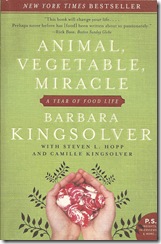
A few years ago Barbara Kingsolver, her husband, Steven Hopp, and their two daughters, Camille and Lily, moved from their home in Tucson, Arizona, to a farm in southern Appalachia. One of the reasons for the relocation was, as Kingsolver puts it, a desire "to live in a place that could feed us: where rain falls, crops grow, and drinking water bubbles right up out of the ground."
For a year the family endeavored to grow what food they could, shop at local farmers' markets, and in general eat only what had been raised no more than, say, an hour or so away. There were exceptions: Steven had to have coffee and Barbara needed tumeric, cinnamon, and cloves, so they used fair trade channels. The result is chronicled in "Animal, Vegetable, Miracle: A Year of Food Life" ($14.95 in paperback from Harper Perennial) by Barbara Kingsolver with Steven L. Hopp and Camille Kingsolver. (Lily, Barbara notes, was too young to sign a book contract.)
Enloe Medical Center is sponsoring a brown bag lunch and discussion of the book on Monday, August 10th, from noon until 1:00 p.m. at the Enloe Health Learning Center, 1465 Esplanade at 5th Avenue in Chico. The public is invited.
Barbara writes that "we made every attempt to feed ourselves animals and vegetables whose provenance we really knew. We tried to wring most of the petroleum out of our food chain, even if that meant giving up some things. Our highest shopping goal was to get our food from so close to home, we'd know the person who grew it. Often that turned out to be us, as we learned to produce more of what we needed, starting with dirt, seeds, and enough knowledge to muddle through. Or starting with baby animals and enough sense to refrain from naming them."
Barbara writes the main narrative, while Steven provides sidebars dealing with social and political considerations, such as issues surrounding factory farms (which he calls "concentrated animal feeding operations") or becoming a "locavore." Camille adds a teenager's take on eating spuds or free-range animals (and Barbara makes a case against the vegan movement). There are many recipes, with more resources at http://www.animalvegetablemiracle.com.
All in all, for the family, and readers, a growing experience.
